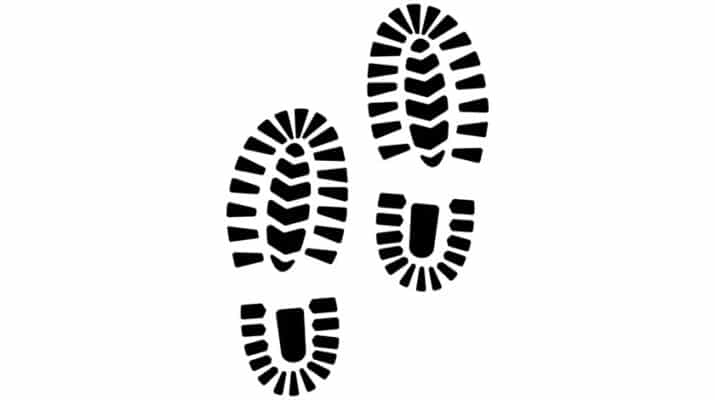Walking is a healthy habit but some have problems finding a safe place to walk
By Deborah Jeanne Sergeant
A brisk walk on a crisp autumn day can provide exercise and a sense of rejuvenation. As gyms and other places of fitness have been slowly reopening, walking can offer many people an accessible means of exercise.
It takes little equipment to enjoy walking — a pair of comfortable shoes and perhaps a jacket (click to view) — but finding a place to walk can present more of a challenge to some people.
Before the pandemic, Fred Wilson of Camillus taught six aerobics classes at a variety of senior centers in the area. He’s a big believer in walking, too.
“Right now, that’s about the only exercise you can get,” he said of walking. “I’m fortunate because I live in an apartment complex, so there’s not much traffic, but in other areas, it’s tough. A lot of people live in neighborhoods that aren’t safe and walkable at all.”
Walkability includes many different facets — and without walkability, walking for exercise may be difficult, uninviting and even unsafe.
Randy Saboruin, owner of Metro Fitness in Syracuse, said that regular walking can help people lose weight; however, “you’ve got to have walking access,” he said.
Citing www.walkscore.com, he said that the average resident of a walkable neighborhood weighs six to 10 pounds less than those who live in less walkable neighborhoods.
Traits of walkable communities include places to walk that are safe from traffic, such as sidewalks in good repair, appropriate pedestrian-scale lighting, safe cross walks and drivers who practice safe driving habits. Bike racks are offered for cyclists’ use. The sidewalks are cleared of debris, snow and ice and also accessible for people using strollers and those who have trouble with mobility.
“The neighborhood needs mixed income and mixed use,” Saboruin said. “If it’s a slum, you won’t feel so safe. It needs to be safe and aesthetically pleasing. It’s like being downtown in the summer here. There’s ordinarily a lot of festivals to keep people engaged and it’s all walkable.”
Connecting people with destinations
Walkable communities should also connect people with destinations and create a vibrant neighborhood, or what Austin Wheelock calls unique places to live and work.
“Pedestrian-friendly pathways are one of the most cost-effective ways to do that,” according to Wheelock, who is deputy director at Operation Oswego County, Inc., and board member of Oswego Renaissance Association.
For example, walking to a store where healthful food is for sale at affordable prices helps people who do not have access to vehicles or public transportation. People who walk to what they need save on transportation and can allocate those savings towards health needs like medication and better food choices.
As another health benefit, people who walk stress less about their neighbors if they know them.
“When you jump in the car and drive, you don’t’ get to see your neighbors,” Wheelock said. “When you’re walking, you see them working in the yard.”
To develop a walkable community, enough people must live in sufficient density to sustain the businesses and services. The community plan also contributes to walkability.
Wheelock said that having treescapes in neighborhoods offers shade and a buffer between sidewalks and streets to help walkers feel safer.
Wheelock likes to see good planning for effective neighborhood density.
“If you have a lot of vacant plots of land, it may not be as attractive or feel as safe,” he said. “Good lighting is another thing. It helps to make a good pedestrian friendly area.”
He added that signs that face walkers and that are at a low enough height for them to view from the sidewalk can even help drum up more business as pedestrians can more readily find what they want or things they did not even know they wanted.
Including art and signs can also encourage more walking.
“Some places have walking trails like adventure trails with footprints on the ground and color to make trails for people walking or biking,” Wheelock said. “That helps to make some inviting spaces and pathways for people to navigate.”

